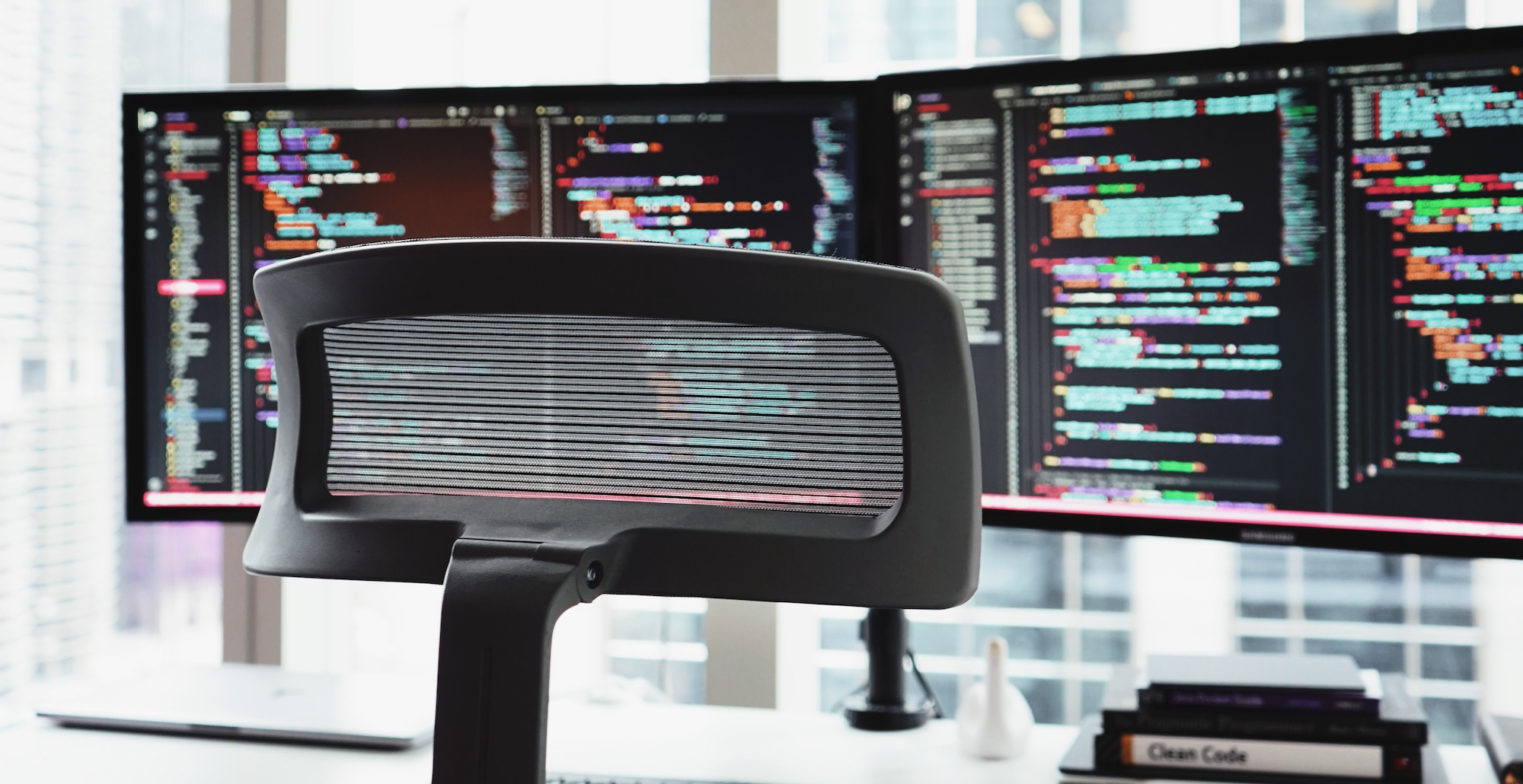Q2 2020 Insights
How did the markets do?
 Stocks around the world rebounded strongly from their March 23 lows, as massive fiscal and monetary stimulus packages came into force.
Stocks around the world rebounded strongly from their March 23 lows, as massive fiscal and monetary stimulus packages came into force.- Investors looked passed the near-term economic effects of Covid-19, instead focusing on the long-term financial benefits of companies operating in an ultra-low interest rate environment and believing a relatively swift and strong economic recovery will materialize in 2021.
- “Pandemic-resistant” and other defensive sectors, such as technology, utilities, and consumer staples were the winners. Financials and energy stocks continued to lag.
- The dominance of growth stocks versus value now means that broad market returns are dominated by just five companies (MSFT, AAPL, AMZN, FB, GOOG). While the S&P 500 had a slightly positive year-to-date return (as of July 15), without the five largest companies the index was still negative 5%.
- Fixed income markets benefited from improved liquidity conditions, thanks to central bank support. Investment-grade corporate bonds delivered strong returns due to a surge of issuance.
What about the economy?
- U.S. unemployment declined through the quarter but remains elevated at 11%. The health and recovery of the labor market (and consumer spending) rests on the success of economic re-openings, as well as continued fiscal stimulus from Washington.
- Economic activity began to slow at the end of June as an outbreak of Covid-19 spread through the Sunbelt (home to 60% of the U.S. population). Analysts expect a pause in the consumer-led economic recovery over the coming months, as well as the potential for another increase in the unemployment rate.
- Europe, despite being harder hit by the virus earlier this year, remains ahead of the U.S. in terms of virus control. Its more robust social safety net is also helping to insulate consumer spending and job losses. Furthermore, a massive €1.8 trillion ($2.1 trillion) stimulus plan also has been agreed upon by European leaders to support the more vulnerable member states.
- Chinese GDP beat analyst expectations, thanks to a surprise to the upside in exports. Strong overseas demand for medical supplies, personal protection equipment, and computers fully offset weakness in other consumer goods.
What are we doing?
- We maintain (and rebalance to) a neutral positioning between equities and fixed income, as appropriate.
- Despite increased volatility, we strongly recommend that long-term investors adhere to their Investment Policy Statements and maintain the appropriate exposure to risk assets (i.e. equities), even during volatile markets. Central banks have slashed policy rates to (if not below) the zero bound, meaning it no longer pays to sit in cash.
- Uncertainty around the upcoming general election in the United States does not change how we approach investing. We do not make long-term decisions based on the odds of a Trump or Biden win three months from now. There is always a lot of noise around elections, but there is little statistical evidence to suggest market returns (or economic growth for that matter) depend on which party wins.
What risks are out there?
- Any deterioration or delay in the effort to contain the virus, or any complications in the development of a vaccine likely would cause markets to react negatively and quickly. However, these acute reactions are typically overblown, as evidenced by how rapidly markets corrected and subsequently rebounded since March 23.
HAVE QUESTIONS ABOUT HOW THESE INSIGHTS WILL IMPACT YOUR FINANCIAL SITUATION?
CONTACT US

